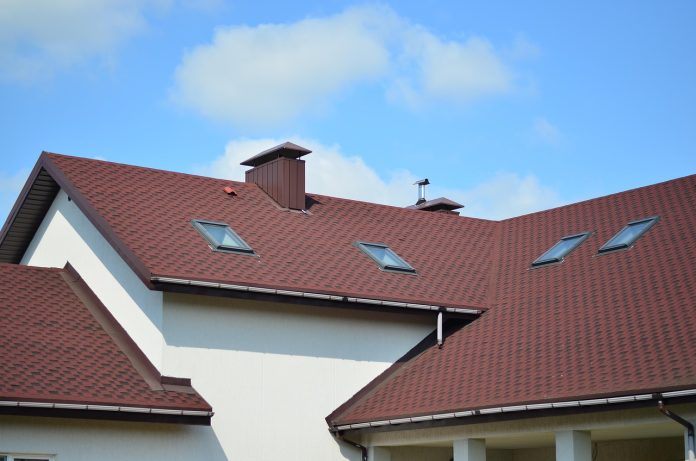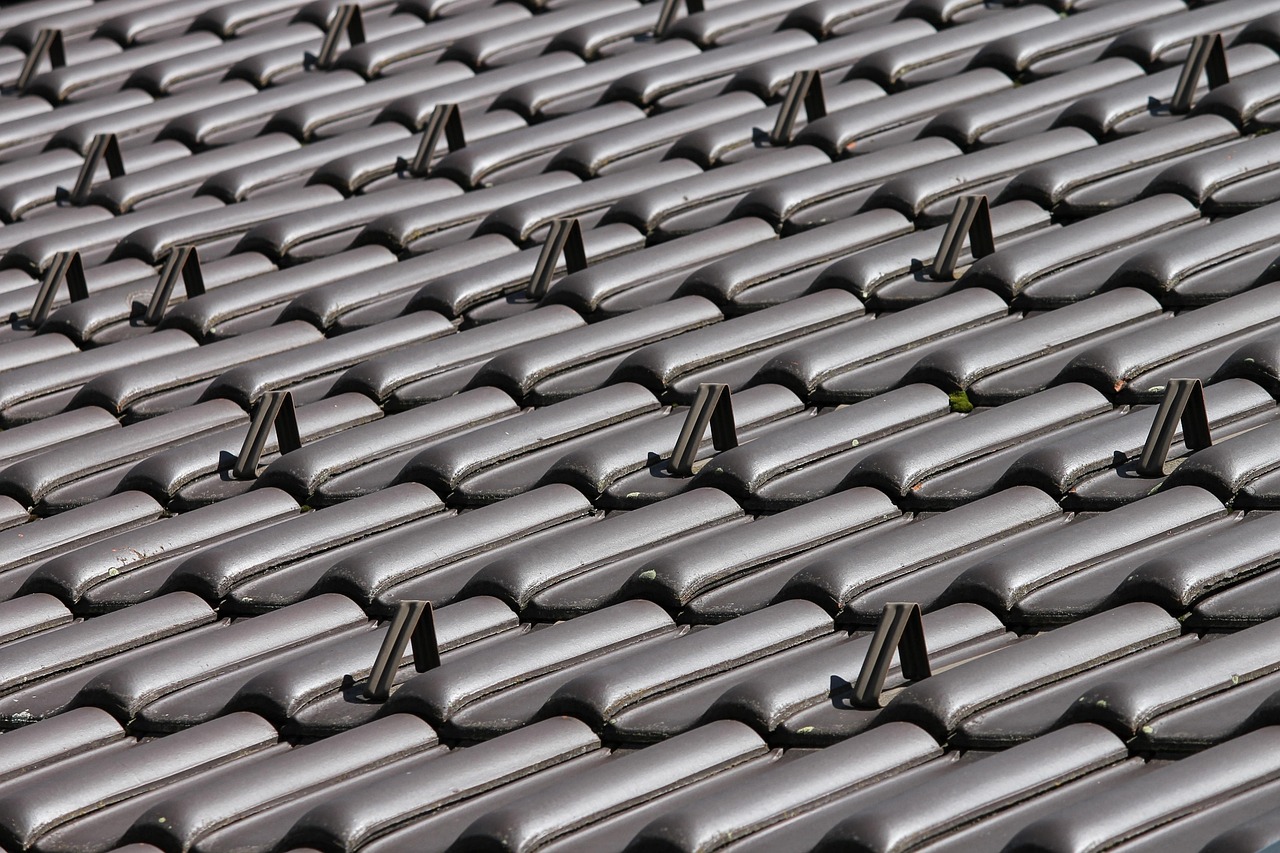In this post, I will talk about the importance of regular roof inspections for preventing hidden damage.
A home’s roof is one of its most essential protective features, yet it is also one of the most overlooked. Many homeowners assume that as long as there are no obvious leaks or missing shingles, the roof is performing as it should. In reality, roofing issues often begin quietly and worsen over time, becoming noticeable only when they have already caused significant damage.
This makes regular roof inspections an important part of a home’s long-term care, and trusted companies like AG Exterior Solutions help homeowners understand the true condition of their roofs before minor problems escalate.
While the exterior of a home may appear stable and well-maintained, weather exposure, aging materials, and natural wear occur gradually. These smaller issues may not be visible from the ground or during routine cleaning. A professional roof inspection identifies underlying vulnerabilities that can compromise structural integrity if left untreated.
For this reason, scheduling inspections periodically is a proactive step that protects both the home and the homeowner’s investment over time. During these evaluations, AG Exterior Solutions brings valuable expertise that helps uncover hidden concerns and guide homeowners through practical solutions.
Roof inspections also provide peace of mind. Whether the home is new or decades old, consistent evaluation offers clarity about future maintenance needs, potential repairs, and overall roof health. Instead of reacting to sudden leaks or damage, homeowners gain the advantage of planning ahead and preventing disruptions.
Table of Contents
Detecting Small Problems Before They Spread
Roofing issues rarely appear suddenly. Instead, they develop quietly, starting with small areas of wear. Shingle edges may begin to curl, protective granules may loosen, or nails may shift from their original position.
These problems may not cause immediate leaks, but they weaken the roof’s defense against the elements. By identifying them early, an inspection prevents water intrusion and more serious structural complications.
Technicians trained to spot these subtle indicators know exactly where to look. Common trouble spots include edges, valleys, flashing, and areas surrounding roof penetrations. Even a minor crack or poorly sealed section can lead to moisture buildup. Early detection avoids major repairs and preserves the roof’s longevity.
Evaluating Weather Impact on Roofing Materials
Weather conditions contribute heavily to roof deterioration. Sun exposure dries out materials, rain accelerates wear, and wind loosens shingles or dislodges flashing. Seasonal shifts further strain the roof as temperatures rise and fall. These gradual changes may not be visible without climbing onto the roof, making inspections essential for understanding how weather has affected your roofing system over time.
Professional inspectors look for patterns that point to weather damage, such as uneven fading, moisture staining, or loosened sections. Understanding how weather affects each part of the roof helps determine what maintenance steps will extend its lifespan and which areas may need immediate attention.
Preserving Structural Integrity Through Early Intervention
A roof is more than its surface. Beneath the shingles lies the decking, underlayment, and supporting framework. These layers work together to keep the home safe, dry, and insulated. When moisture seeps beneath the outer layer, these foundational elements can weaken quickly. Damp wood, mold, and rot compromise the structure and may require extensive repairs if neglected.
Inspection professionals check for sagging, soft spots, or signs of water penetration that indicate deeper issues. Addressing these problems early preserves the integrity of the entire roofing system and avoids costly reconstruction later on.
Protecting Gutters and Drainage Systems
Gutter systems play a major role in maintaining roof health. When gutters fill with debris, water collects near the roofline and increases the risk of rot. Inspections often include evaluations of gutters and downspouts to ensure water flows away from the home properly.
Clogged or poorly secured gutters can also damage the fascia or soffit, creating openings for pests or moisture. During an inspection, technicians clear obstructions, assess alignment, and confirm that water is draining correctly. This preventative step supports overall performance and adds to the longevity of the entire roof system.
Identifying Ventilation and Insulation Concerns
A well-functioning roof does more than keep water out. It also supports proper ventilation and insulation, which contribute to energy efficiency and indoor comfort. Poor ventilation traps heat and moisture in the attic, leading to elevated temperatures and potential mold growth. Over time, this trapped moisture can weaken roofing materials and reduce their effectiveness.
Inspectors evaluate airflow, insulation levels, and ventilation openings during a comprehensive roof check. Adjustments in these areas improve overall roof health and reduce the risk of premature deterioration. Homeowners benefit from lower energy costs and more consistent indoor temperatures.
Preventing Moisture Damage and Mold Growth
Moisture is one of the greatest threats to a roof’s longevity. Even small amounts of water can seep into hidden areas and remain undetected until mold forms or materials begin to decay. Mold thrives in dark, damp environments, and once it takes hold, it can spread quickly throughout attic spaces and structural components.
During a roof inspection, professional roof inspection services in Hendersonville look for early signs of moisture penetration such as discoloration, damp insulation, or warped wood. Addressing these issues promptly prevents mold growth and protects the home’s interior from contamination. This proactive approach safeguards both structural safety and indoor air quality.
Ensuring Long-Term Safety and Home Value
A well-maintained roof contributes significantly to a home’s value. Potential buyers often view the roof as a major indicator of overall property condition. Regular inspections help maintain a strong and reliable roof, providing confidence to both current and future homeowners.
In addition to value, safety is a major factor. A compromised roof can lead to structural instability that affects ceilings, walls, and electrical systems. Inspections reduce these risks by ensuring every component functions properly.
Conclusion: Protecting Your Roof Through Proactive Care
Regular roof inspections play a critical role in preventing hidden damage and ensuring the long-term performance of your home. By addressing small issues early, homeowners avoid costly repairs and safeguard the structure from weather, moisture, and aging materials.
Consistent inspection also makes it easier to plan maintenance and maintain the home’s value. With reliable guidance throughout the process, AG Exterior Solutions ensures that your roof remains strong, secure, and prepared to protect your home for years to come.
INTERESTING POSTS
- How Prompt Roof Repair Prevents Structural Damage and Preserves Home Efficiency
- Why Choosing the Right Roofing Company Determines the Long-Term Health of Your Home
- A Look at How Airport Technicians Maintain Planes
- Ten Ways to Prepare Your House for Winter
- How Artificial Grass Helps Reduce Allergens and Create Cleaner Outdoor Environments
- The Benefits of Quartz Countertops for Modern Homes
About the Author:
John Raymond is a cybersecurity content writer, with over 5 years of experience in the technology industry. He is passionate about staying up-to-date with the latest trends and developments in the field of cybersecurity, and is an avid researcher and writer. He has written numerous articles on topics of cybersecurity, privacy, and digital security, and is committed to providing valuable and helpful information to the public.









